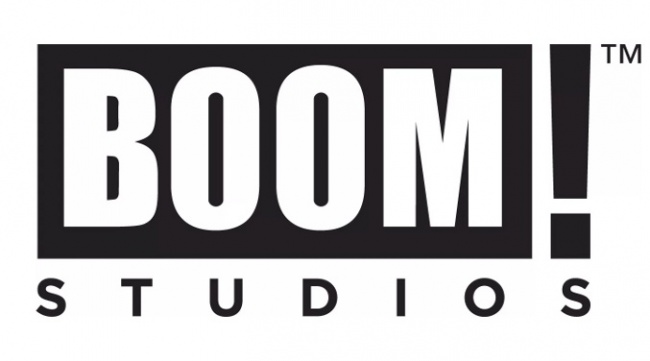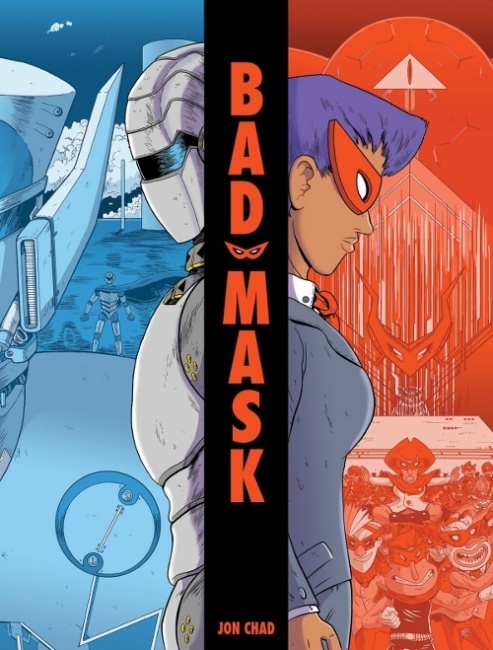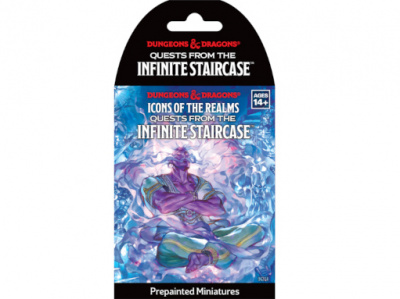Libraries and independent bookstores are two of BOOM! Studios’ fastest-growing channels, BOOM! Studios President of Publishing and Marketing Filip Sablik told us at the recent American Library Association Annual Conference in New Orleans. Each channel accounts for around 20% of BOOM!’s book channel sales, he estimates (which can only be an approximation because much of the sales for both flows through book wholesalers). We talked to Sablik about what’s selling, and the lessons that can be drawn from those channels.
ICv2: What kinds of titles are selling in those channels?
Filip Sablik: Our BOOM! Box titles perform really, really well. Lumberjanes was supported early by libraries. That's continued to be a really driving force. From Lumberjanes, I think librarians naturally gravitate towards Goldie Vance and The Backstagers and Giant Days, things like that.
In the independent bookstores, we've been noticing we've been getting a lot of support on the Archaia titles, so things like Bolivar, Jane.
Even a really esoteric project like Bad Mask, when we were doing store checks at the beginning of the year in Seattle and New York and Chicago and Philadelphia, you'd go and you'd see it. Bad Mask is a project we did that's got a $40 price point. It's a box set. It's a building story‑style project. For the independent bookstores, that's a differentiator.
They know that you can walk into a Barnes & Noble and see the $10 and $15 trade paperbacks or the softcover collections. The things that are a little bit more unique and have higher price points are appealing to them as well.
What lessons do you take from those channels for your other channels, specifically comic stores?
That’s interesting. One of the lessons that we've learned over the last couple years, specifically from librarians, is be specific about audience. When we talked about KaBOOM!, we used to refer to it as our all‑ages imprint. Six years ago, if you told a comic shop, 'Hey, this is a book for kids,' they would say, 'Well, I don't know if I have an audience for that.'
As the market has evolved and expanded, librarians have always been interested in what is the audience, what is the age group that this is targeting. Now independent bookstores and comic shops are also interested because they're creating sections within those stores.
Now when we talk about KaBOOM!, we say, 'Well, it's for 8‑ to 12‑year‑olds or middle‑grade readers,' which is much more specific than, 'It's an all‑ages book.' Comic shops have become more interested in knowing, 'Where do I put this to reach the audience I'm trying to get to?'
That audience segmentation is a trend that we're seeing also. All this stuff for people under 18 isn't the same.
Exactly. In fact, librarians have been really useful for us and educating us in terms of, "What are some of the defining characteristics that will fit neatly into this audience category?"
It's not just, "Is it age‑appropriate?" but, "What is the age of the protagonist?" Representation is important and for the reader to be able to see themselves in the character.
Or maybe slightly older?
Or maybe slightly older, yeah. You can say to somebody, "Look, Giant Days is a YA title. It's for 13‑ to 20‑year‑olds." There's plenty of 10‑year‑olds that want to read it because it's aspirational. That's a lesson we've taken.
The importance of author engagement is another lesson that we've taken from the indies specifically. If you can connect with the buyer, give them a way to engage with local authors, that tends to grow the business.
That's something we already knew from comic shops. It's just applying it to the book business and making that more of a conscious element of the marketing plans as we're building them out.

Sablik on What's Working, And Lessons for Other Retailers
Posted by Milton Griepp on July 2, 2018 @ 2:33 am CT
MORE COMICS
VIZ, Ize Press, Graphix Dominate the Charts
April 19, 2024
New and evergreen titles from VIZ Media, Ize Press, and Graphix take up almost all the slots in the March Top 20s.
Adult Sales Sag; 'Dog Man' Kicks Kids' Sales Higher
April 19, 2024
Sales of the Adult Top 20 were down compared to March 2023, but a new Dog Man release helped bump sales up on the Kids' chart.
MORE NEWS
Pre-Painted Minis for upcoming 'Dungeons & Dragons' Adventure Anthology
April 19, 2024
WizKids will release a new D&D Icons of the Realms set for the upcoming Dungeons & Dragons adventure anthology.
Dark Horse to Launch Intergenerational Mystery 'Gilt Frame' in August 2024
April 19, 2024
The intergenerational murder mystery, Gilt Frame, will be published by Dark Horse Comics starting in August 2024.









